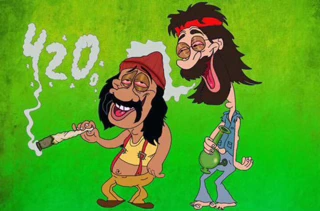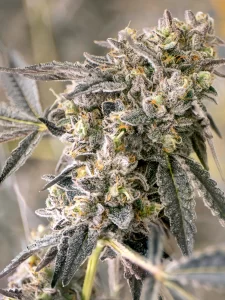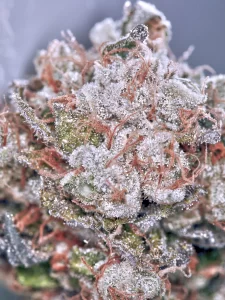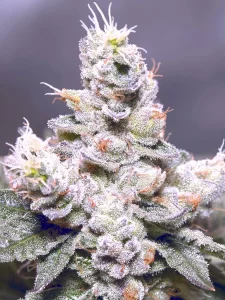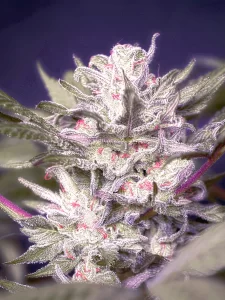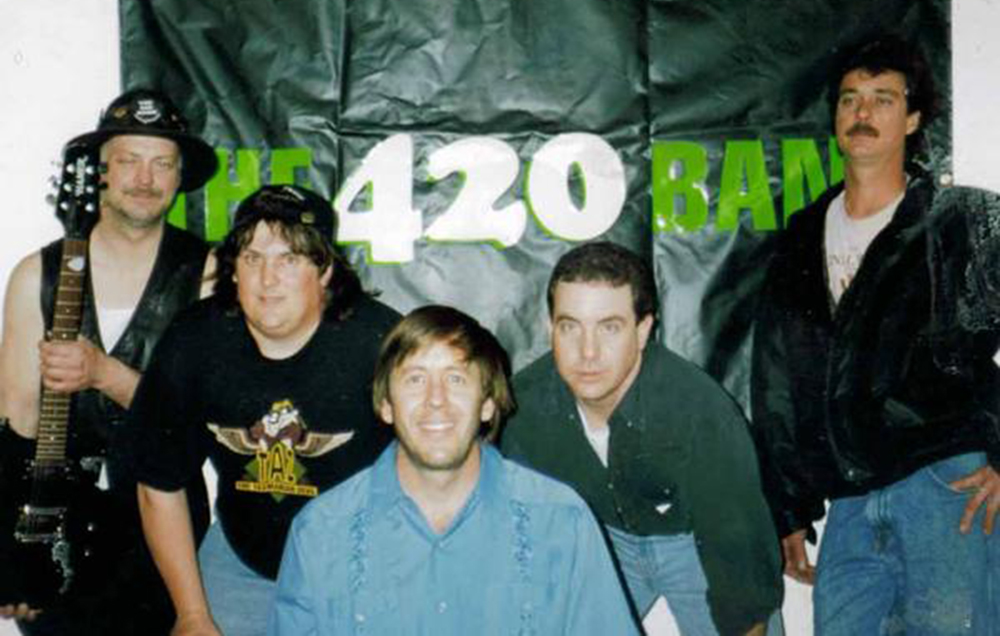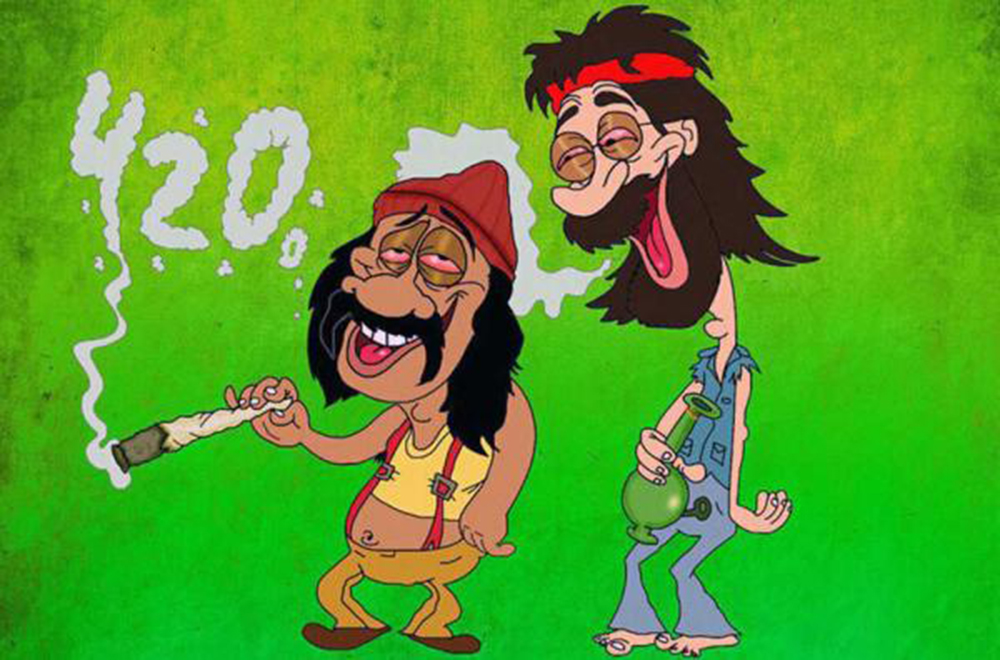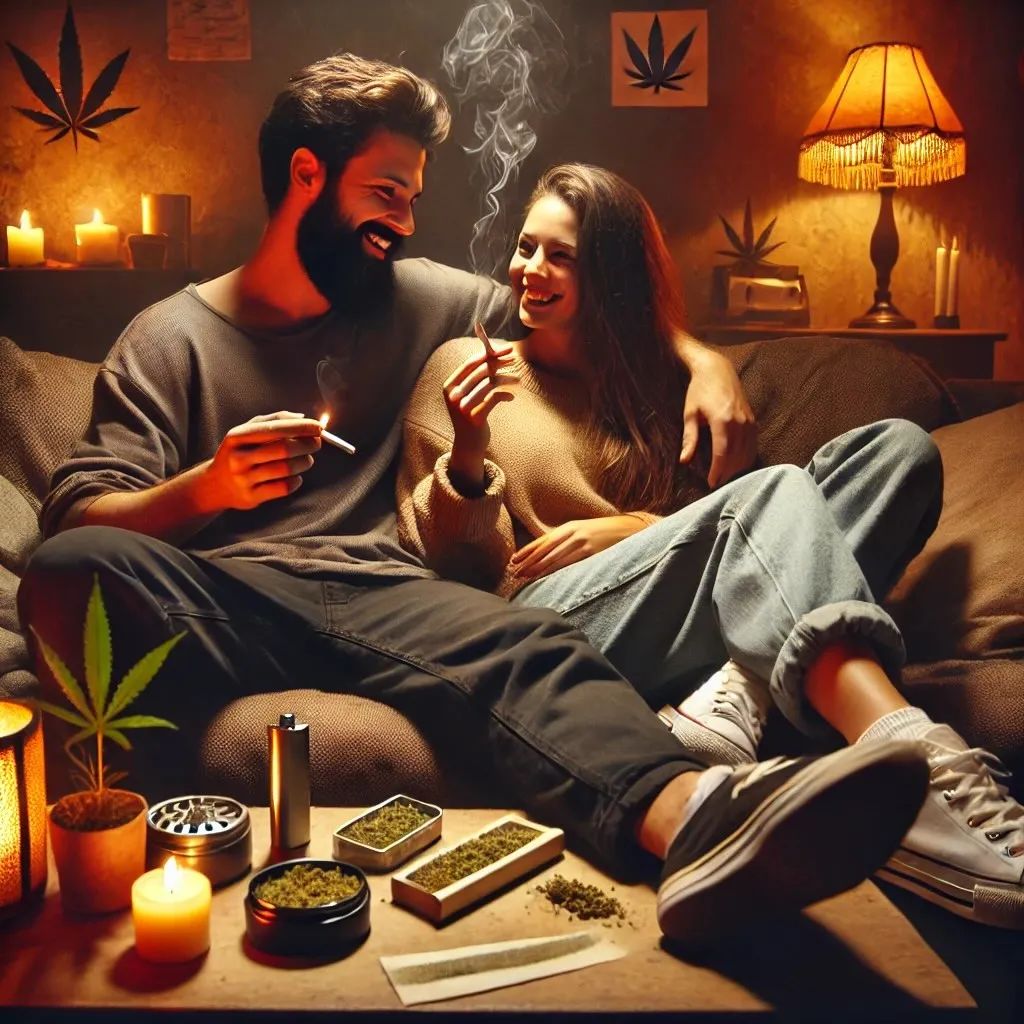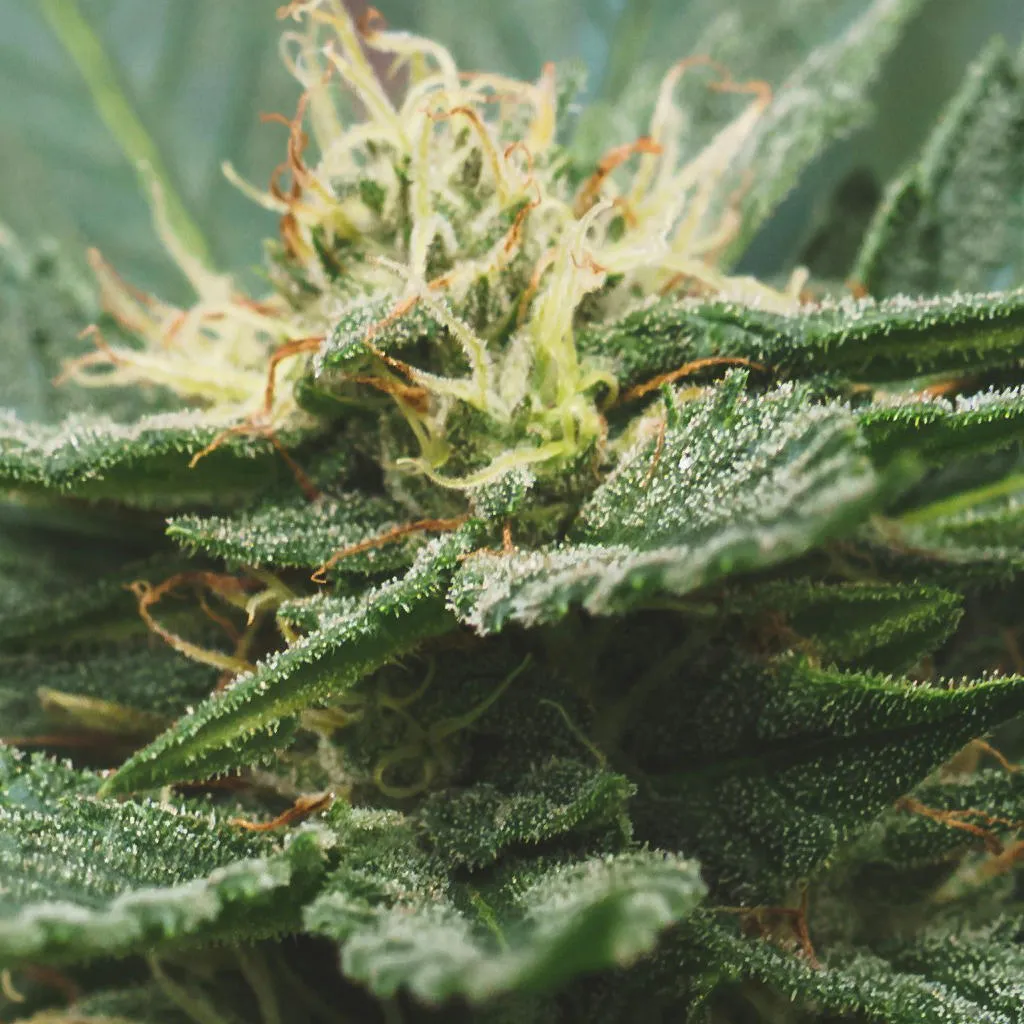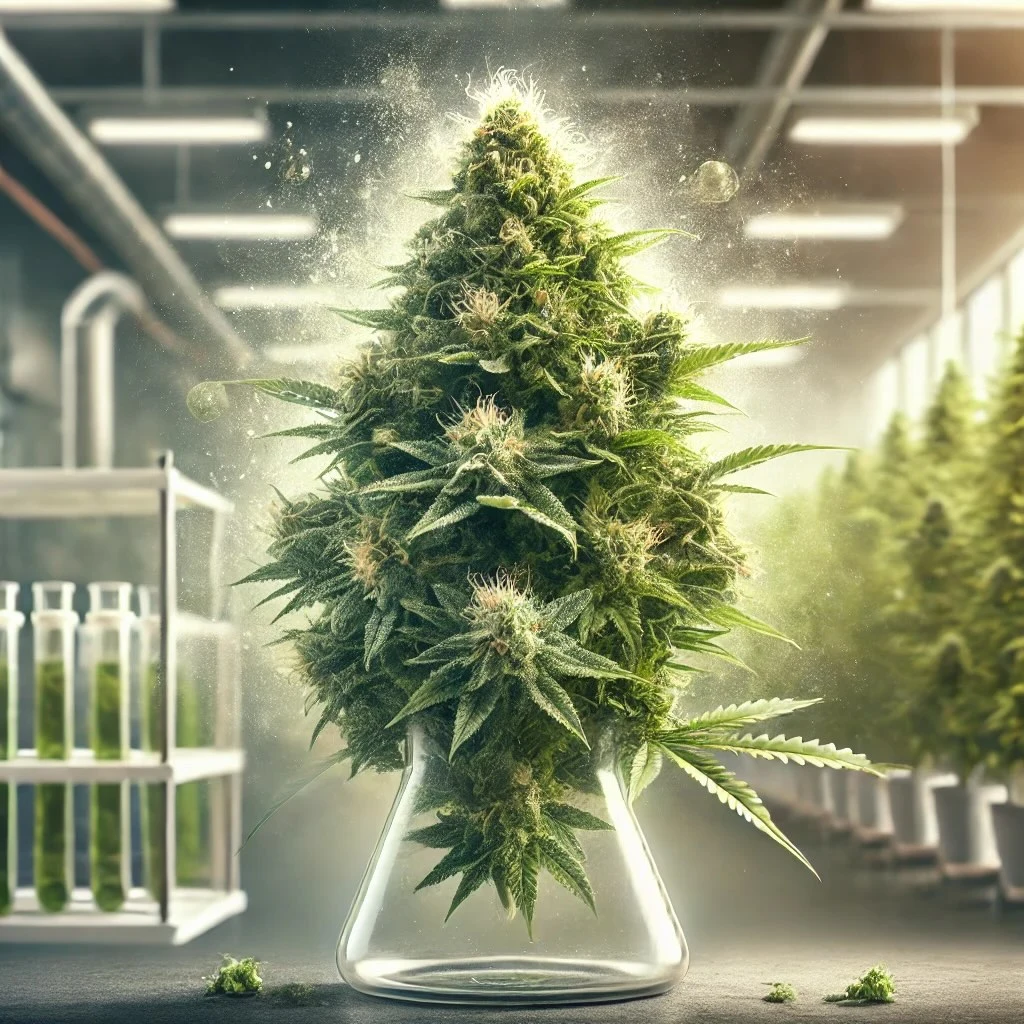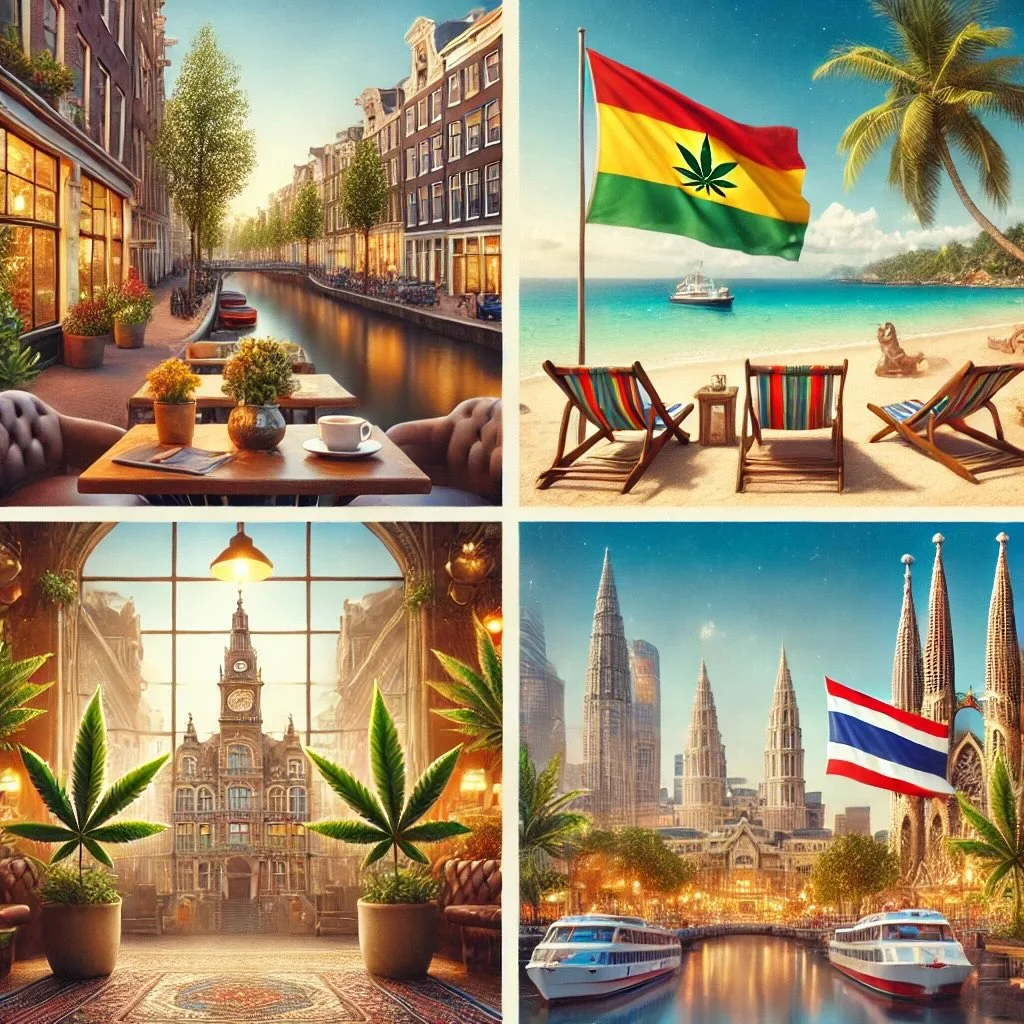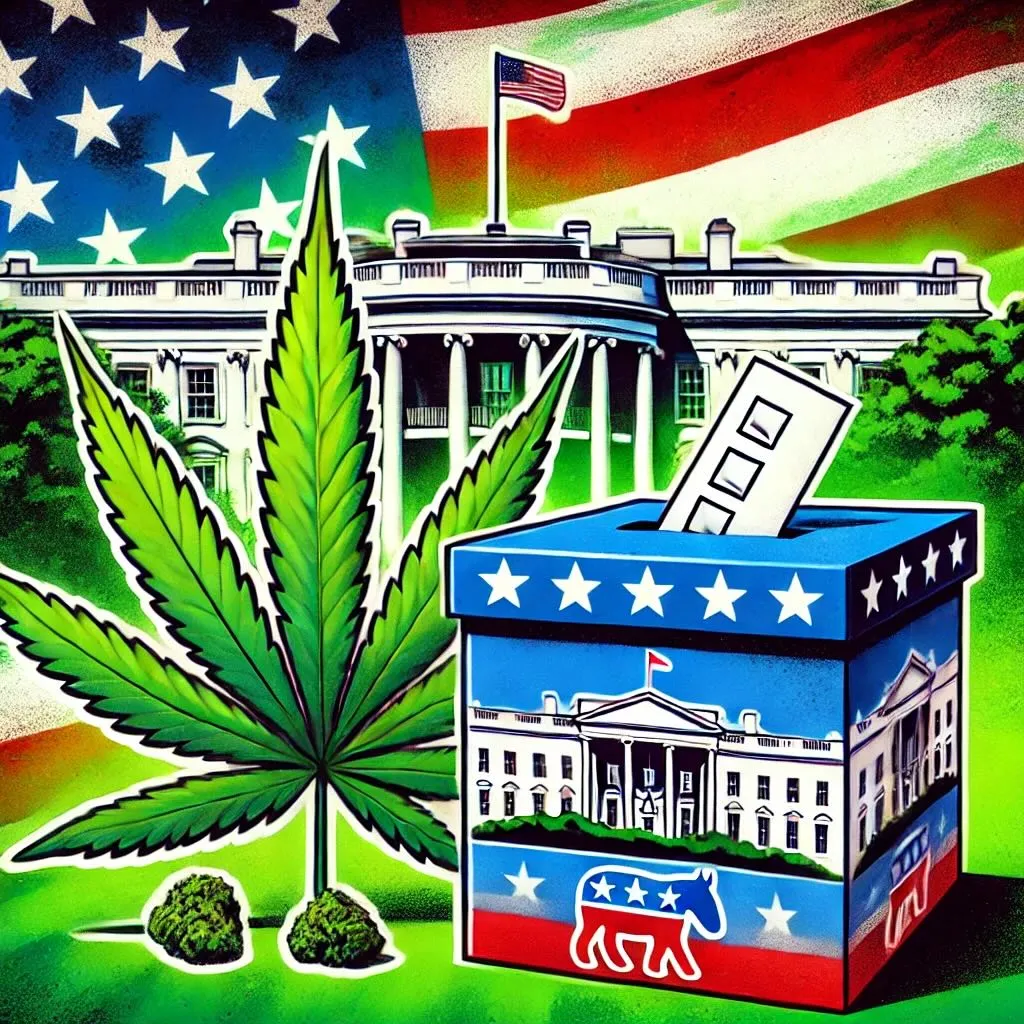If you know anything about marijuana culture, you probably know “420” is special for pot smokers. Whether it’s used to refer to the substance itself, a descriptor for almost anything pot-related or just an excuse to light up at a certain time, 420 has long been a central part of pot culture. But what does 420 mean?
Is it a police code for smoking? Is it the birth (or death) of Bob Marley? Or maybe the tea time in Holland?
Depending on who you ask, or their state of inebriation, there are as many varieties of answers as strains of medical bud in California.
The origin of the term 420, celebrated around the world by pot smokers every April 20th, has long been obscured by the clouded memories of the folks who made it a phenomenon.
Although it’s nearly impossible to confirm, most agree that the number first attached itself to marijuana at a California high school around 1971.
What’s the real story?
According to the story, a group of five teenagers at San Rafael High School who called themselves “the Waldos,” (because they always hung out by a wall) found a hand-drawn map that supposedly led to a massive marijuana crop at Point Reyes, northwest of San Francisco.
The Waldos agreed to meet by their school’s statue of Louis Pasteur around 4:20 p.m. and try to find the crop (the phrase was originally 420-Louis, in reference to the statue, but the second part was eventually dropped). The five Waldos never had any luck with the map or the crop, but every adventure started with a smoke session before heading out.
“We were smoking a lot of weed at the time,” says Dave Reddix or Waldo Dave, now a 59-year-old filmmaker. “Half the fun was just going looking for it.”
They never found the marijuana crop, but the ritual of meeting at 4:20 p.m. and getting high stuck and quickly spread around to their friends and others in the pot smoking community. Eventually the term made its way to the circles of Grateful Dead fans, or Deadheads, and the number stuck. Years later, publications like High Times picked up on the trend and the lore grew.
4: 20, smoking time!
In marijuana culture, 420 has taken on a life of its own. Whatever it means, or from wherever it comes from, the truth is that the number is the stoners favorite for many uses.
April 20 is not only the official holiday dedicated to the weed consumption. The code 420 often creeps into popular culture and mainstream settings.
All of the clocks in Pulp Fiction, for instance, are set to 4:20. In 2003, when the California legislature codified the medical marijuana law voters had approved, the bill was named SB420.

